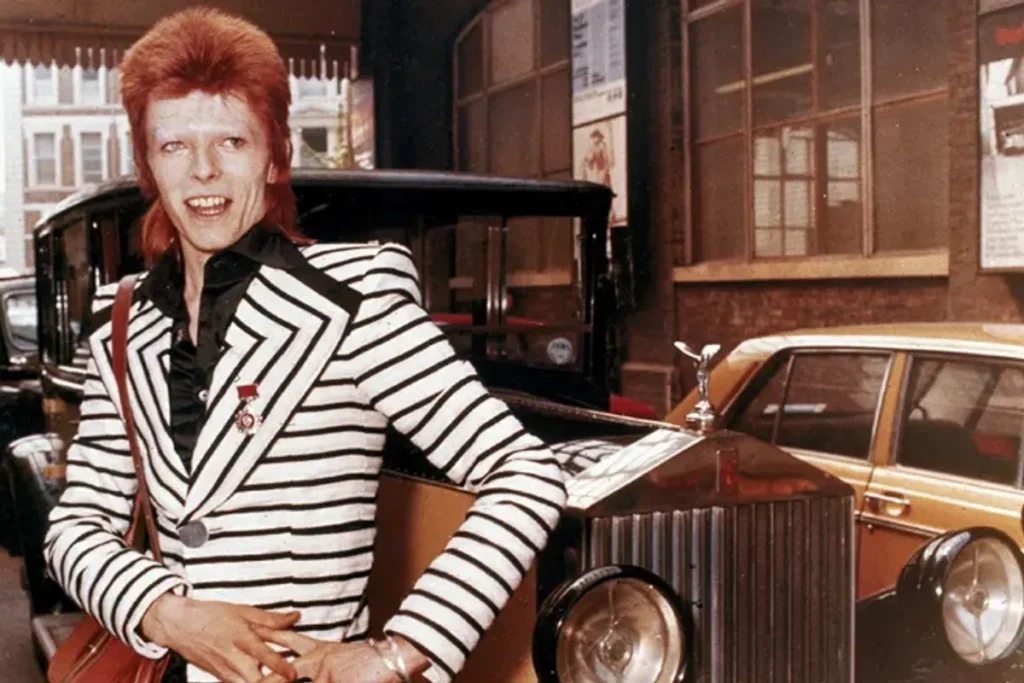The Rise and Fall of Ziggy Stardust and the Spiders from Mars is the fifth studio album by the English musician David Bowie, released on 16 June 1972 in the United Kingdom through RCA Records.
Co-produced by Bowie and Ken Scott, the album features Bowie’s backing band, the Spiders from Mars — Mick Ronson, Trevor Bolder, and Mick Woodmansey.

This iconic album is described as a loose concept album and rock opera. It revolves around Bowie’s titular alter ego, Ziggy Stardust, a fictional androgynous and bisexual rock star who arrives on Earth as a savior before an impending apocalyptic disaster.
Ziggy wins the hearts of fans but ultimately suffers a fall from grace due to his own ego. The character was inspired by various musicians, including Vince Taylor. Most of the album’s concept was developed after the songs were recorded.
The musical styles blend glam rock and proto-punk, influenced by artists like Iggy Pop, the Velvet Underground, and Marc Bolan. The lyrics explore themes of the artificiality of rock music, political issues, drug use, sexuality, and stardom.
The album cover, photographed in monochrome and recolored, was taken in London outside the home of furriers “K. West”.
Ziggy Stardust reached the UK top five, propelled by the single “Starman”. Bowie’s performance of “Starman” on Britain’s Top of the Pops in early July 1972 further catapulted him to stardom.
The Ziggy character was retained for the subsequent Ziggy Stardust Tour, and performances from that tour have appeared on live albums and a concert film. Bowie later described the follow-up album, Aladdin Sane, as “Ziggy Goes to America”.
In later decades, Ziggy Stardust has been hailed as one of Bowie’s finest works, frequently appearing on professional lists of the greatest albums of all time. It remains a cultural touchstone, capturing the essence of glam rock and Bowie’s artistic vision
